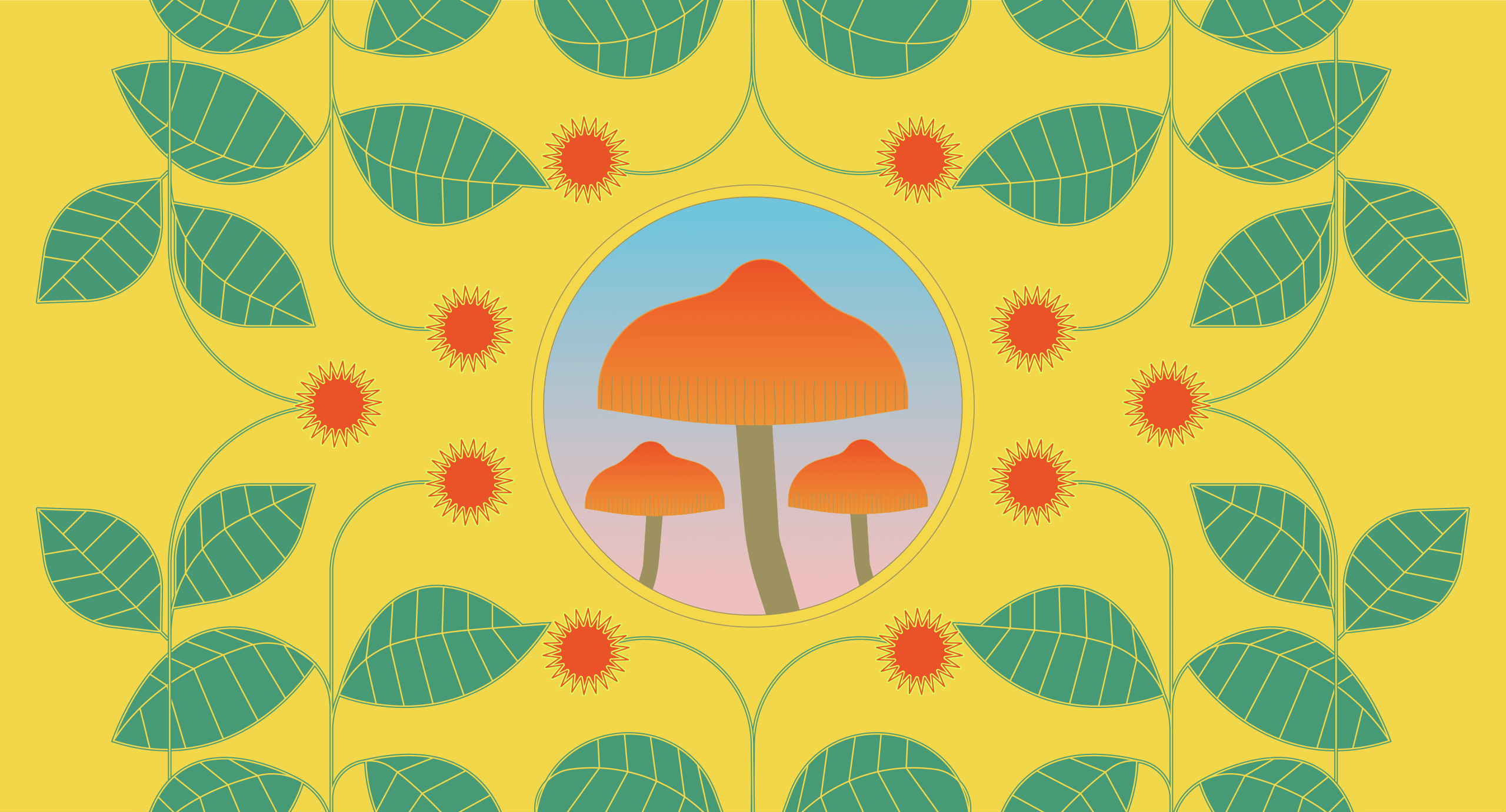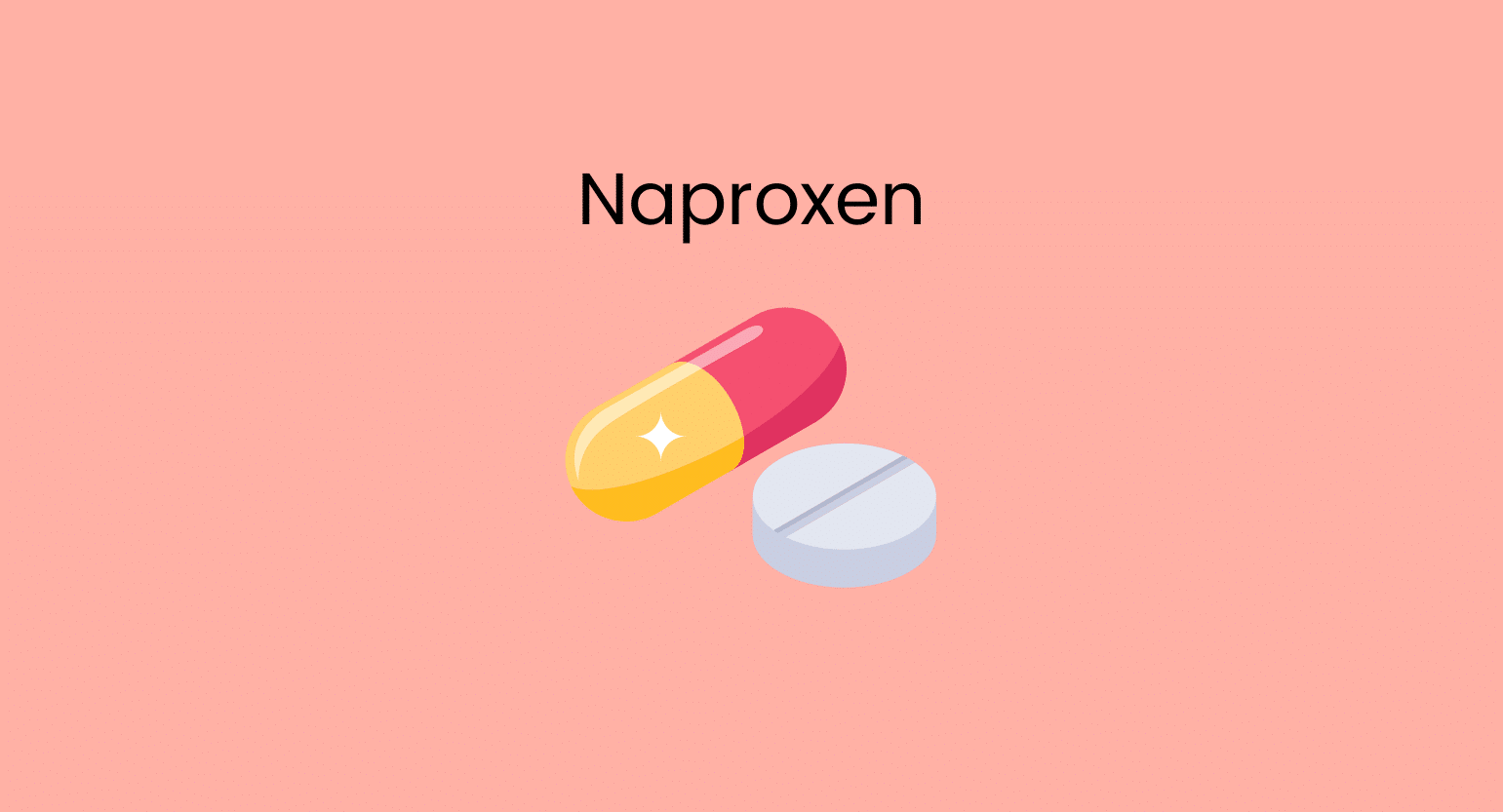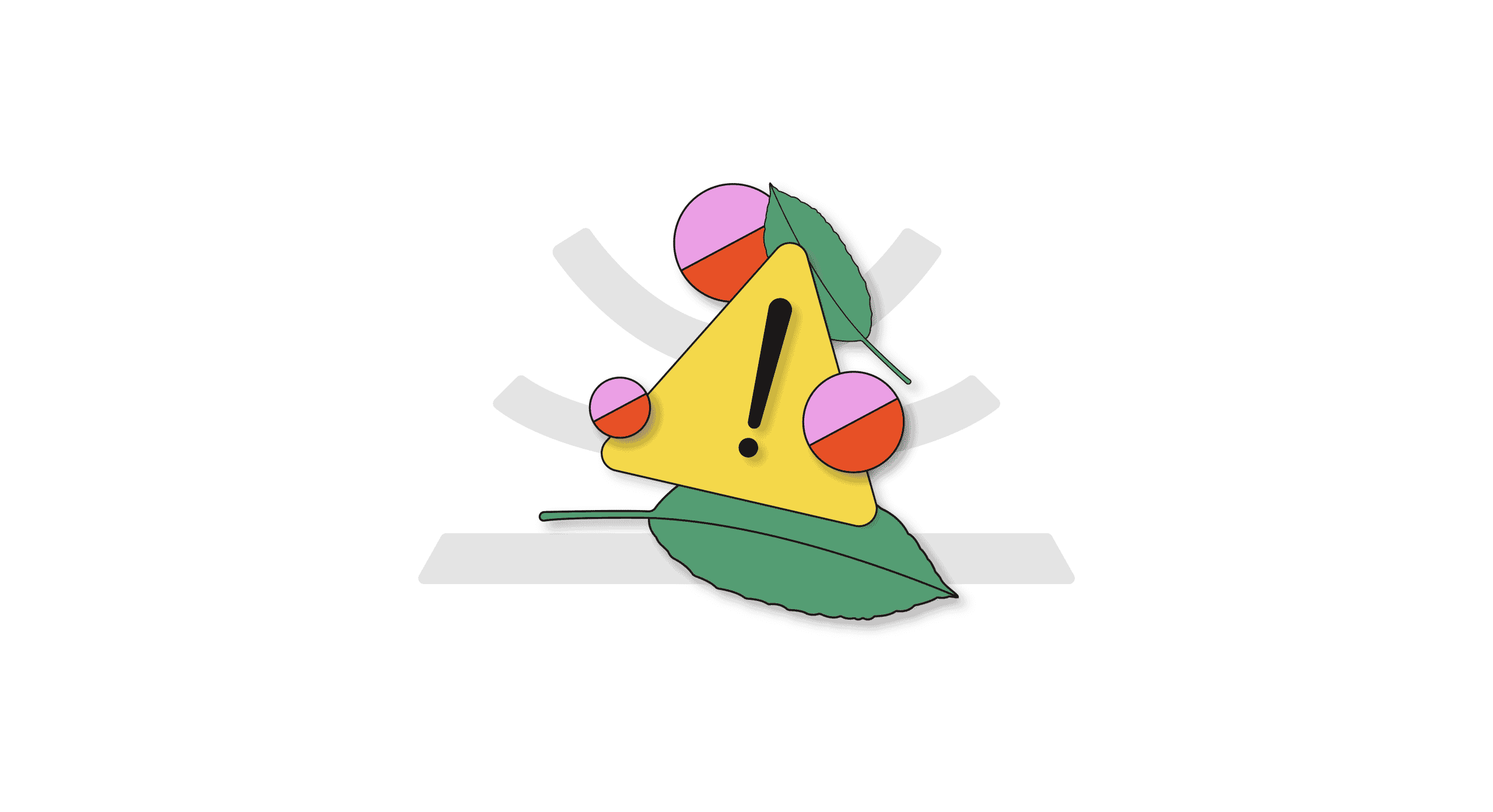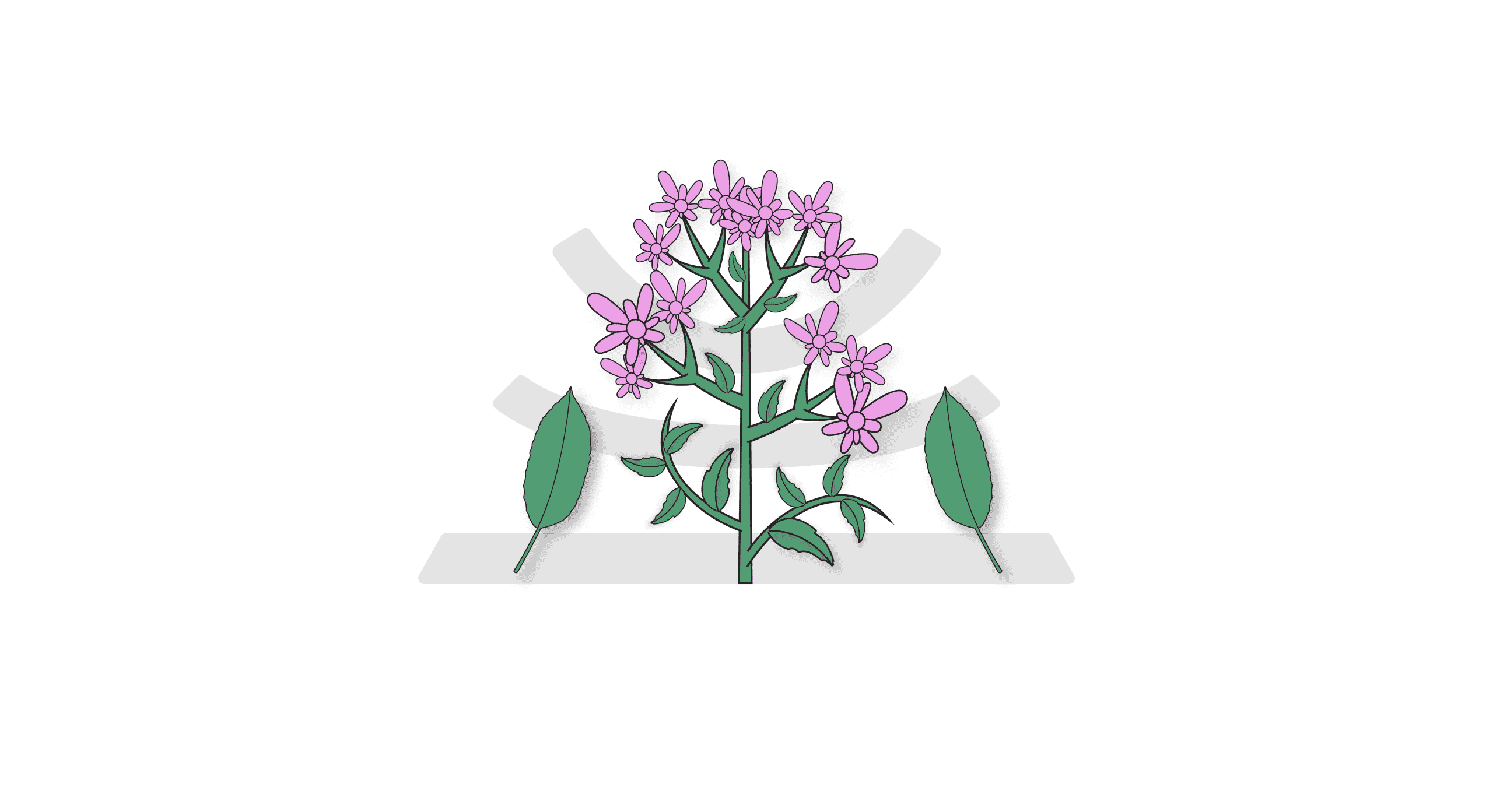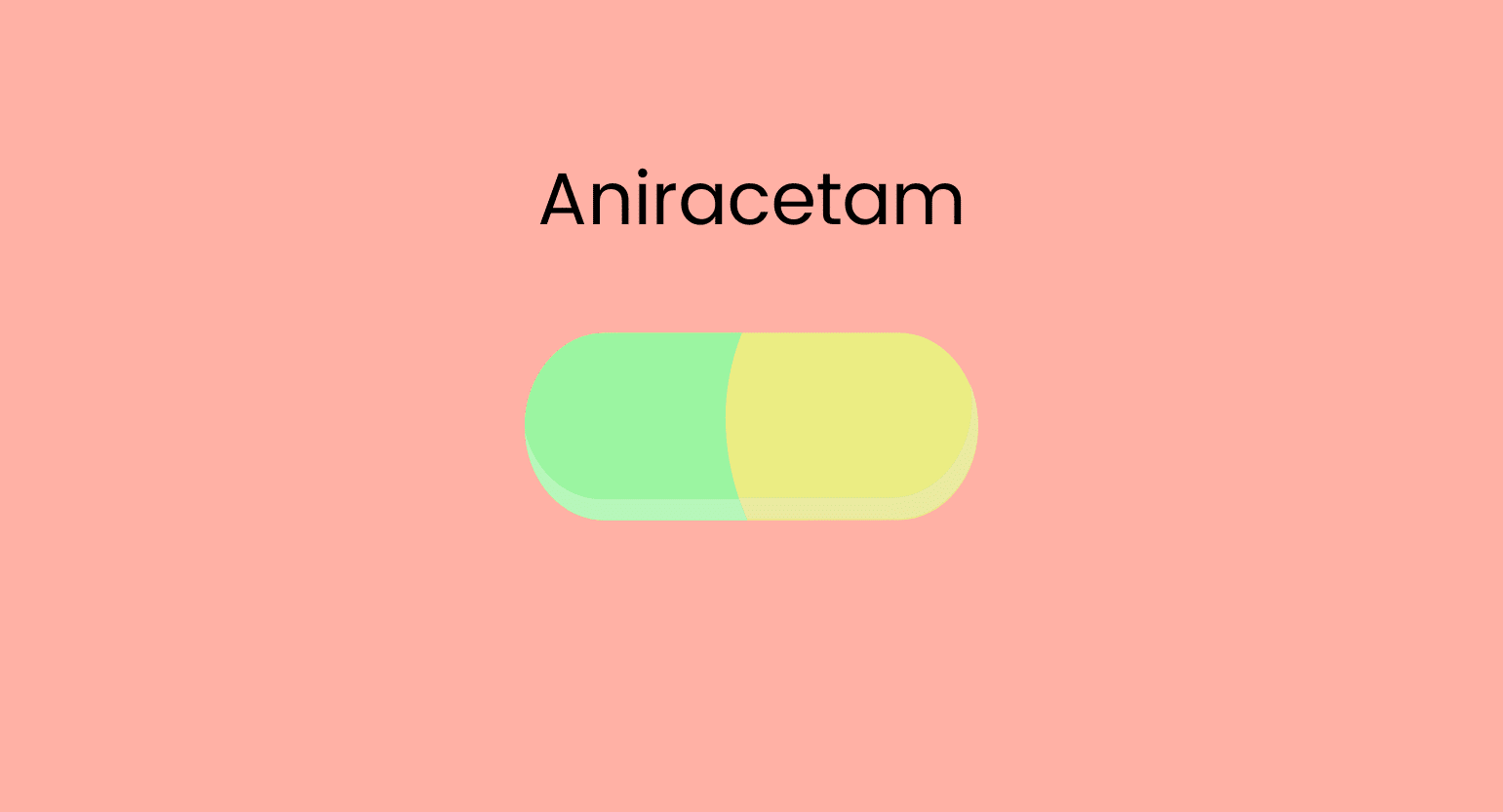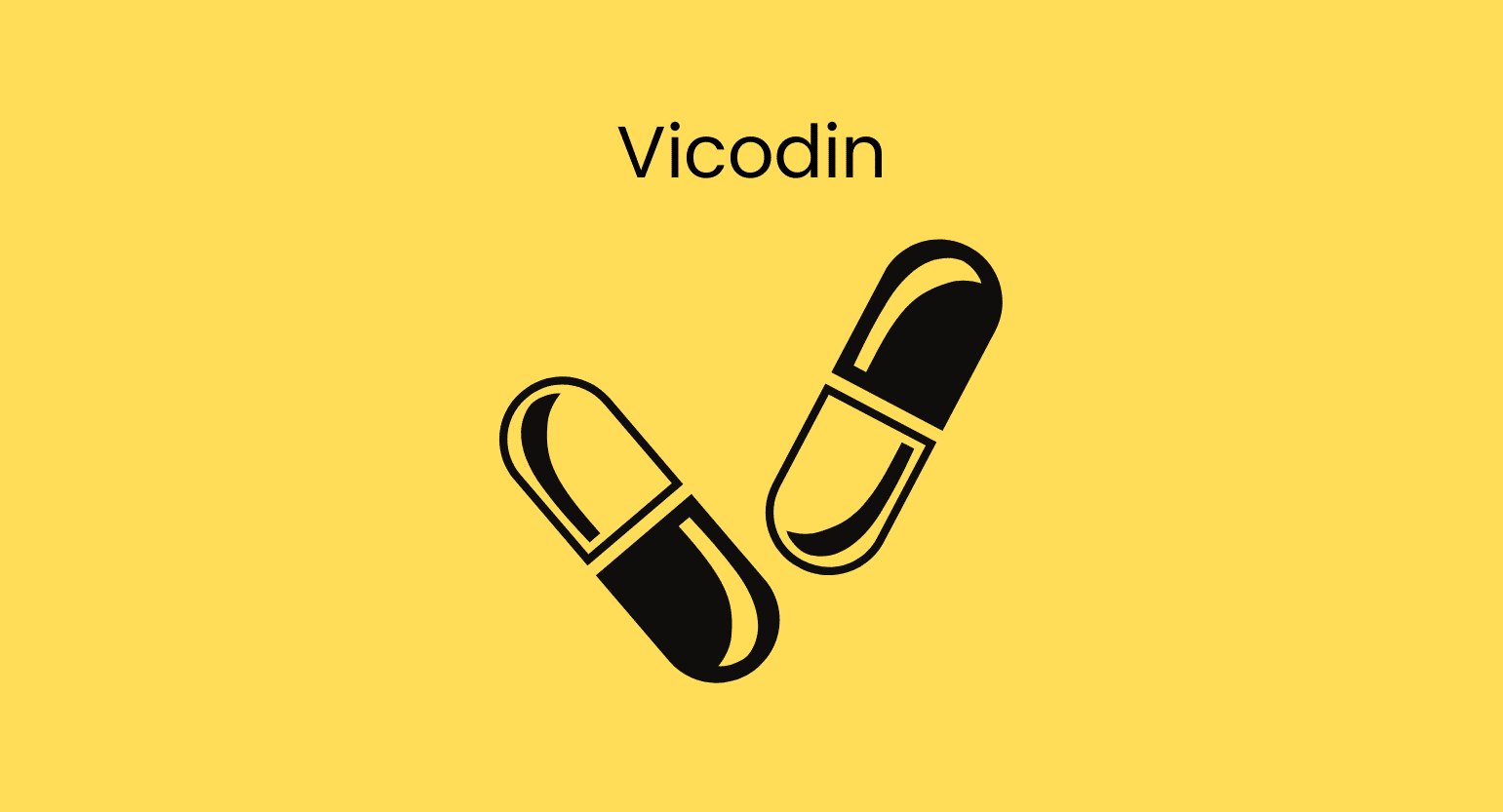Does Kratom Interact With Magic Mushrooms?
Kratom and magic mushrooms can interact, though the effects of this combination will vary from person to person. For this reason, we consider this combination unsafe, and we recommend discussing the topic with your doctor before taking these substances together.
Studies suggest that mitragynine — one of kratom’s main alkaloids — acts as an antagonist to serotonin 5-HT2A receptors, displaying potential as an antipsychotic [1].
On the other hand, Psilocybe cubensis —one of the most popular magic mushroom species —binds to the same serotonin receptors to achieve its psychoactive effects.
Although studies on the interaction between kratom and magic mushrooms are still needed, this evidence suggests that kratom may counteract magic mushrooms’ hallucinogenic effects. As a result, this combination could be impractical, depending on the purpose of their use.
The interaction between kratom and magic mushrooms is described in detail below.
Decreased Hallucinogenic Effect (Antagonistic Interaction)
Magic mushrooms activate serotonin receptors in our brains to produce euphoria, visual alterations, and many other effects. On the other hand, kratom’s alkaloid, mitragynine, is an antagonist to these receptors and can interfere with the process [2].
The expected result of this interaction is a decrease in psilocybin’s effects, especially its hallucinogenic qualities.
Still, many users have reported not experiencing such results, and others claim that kratom provided them with a more pleasant experience while using psychedelics.

Kratom & Psychedelics’ Interactions
Psilocybin, or magic mushrooms, are classified as psychedelics, a class of psychoactive substances capable of producing changes in mood, cognitive processes, and perception.
Like magic mushrooms, most psychedelics will likely share similar interactions with kratom.
Other psychedelics that can interact with kratom are:
Is It Safe to Take Kratom With Magic Mushrooms?
You probably won’t experience severe side effects from taking kratom and magic mushrooms simultaneously; the greater risk is a reduced intensity of the psychedelic experience. No further downsides are probable, but to be sure, you can always reduce your doses or use only one drug at a time.
We recommend avoiding it if you are inexperienced. If you’re taking any medication, you should always consult your doctor before taking any of these.
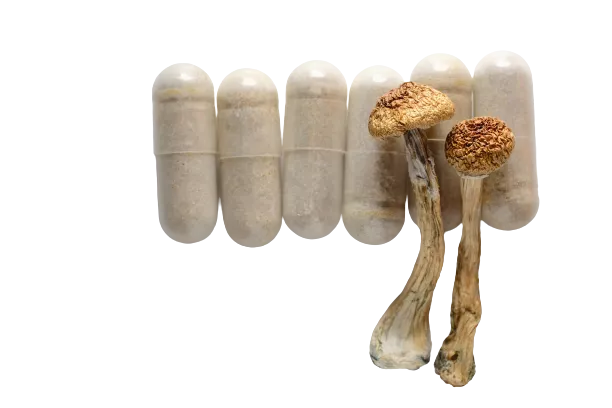
What Are Magic Mushrooms?
Magic mushrooms are an informal group of fungi containing psilocybin and psilocin, naturally occurring psychedelic compounds. They grow all over the world, except in frigid regions. You’ll likely find them in the wild on dung and fertile soil.
Recent studies suggest they have incredible therapeutic potential, with low potential for abuse [3]. Their accessibility has made them popular for recreational use, but they remain illegal in most countries.
Magic mushrooms’ main psychoactive compounds interact with serotonin receptors in our brains, causing a unique brain function that changes how we perceive our senses and the world around us.
Magic Mushrooms Details & Specifications

| Drug Name | Psilocin, Psilocybin |
| Classification | Psychedelic |
| CYP Metabolism | None |
| Interaction With Kratom | Antagonistic |
| Risk of Interaction | Low |
What Are Magic Mushrooms Used For?
The primary use of magic mushrooms was recreational until researchers began studying their effects on patients with mental illness. Today, studies are being conducted to test psilocybin’s effectiveness in improving psychiatric disorders and general wellness [5, 6].
Psilocybin can help treat:
- Addiction
- Anxiety Disorders
- End-of-Life Mood Disorders
- Major Depressive Disorder
- Migraines and Cluster Headaches
- Post-Traumatic Stress Disorder (PTSD)
Thanks to its capability to assist spiritual and philosophical breakthroughs, psilocybin-assisted therapy is used to handle treatment-resistant disorders. In addition, it can improve one’s outlook on life and promote a better understanding of oneself.

What’s the Dose of Magic Mushrooms?
The dose of psychedelic mushrooms will depend on your body weight and desired effects. It is best to carefully measure each amount since it can be easy to go overboard unintentionally, potentially provoking side effects.
In the case of, for example, Psilocybe cubensis, typical doses are the following:
- Microdose: 0.1 to 0.5 grams
- Low dose: 0.5 to 1.75 grams
- Medium dose: 1.75 to 3.5 grams
- High dose: 3.5 to 5 grams
- Heroic dose: 5 grams and above
The best way to start with psilocybin mushrooms is with low doses, moving on gradually to more significant amounts as you see fit. High doses are not recommended unless experienced and entirely comfortable with the environment, and heroic doses are heavily discouraged.
Other Names for Magic Mushrooms & Common Species
Magic mushrooms are called differently depending on the culture or region. There are also numerous species of psilocybin-containing mushrooms worldwide. We’ll cover these below.
Other names for psilocybin mushrooms include:
- Psilocybin mushrooms
- Psychedelic mushrooms
- Sacred mushrooms
- Shrooms
Other common magic mushroom species include:
- Gymnopilus junonius
- Inocybe aeruginascens
- Panaeolus cyanescens
- Psilocybe azurescens
- Psilocybe cubensis
- Psilocybe semilanceata
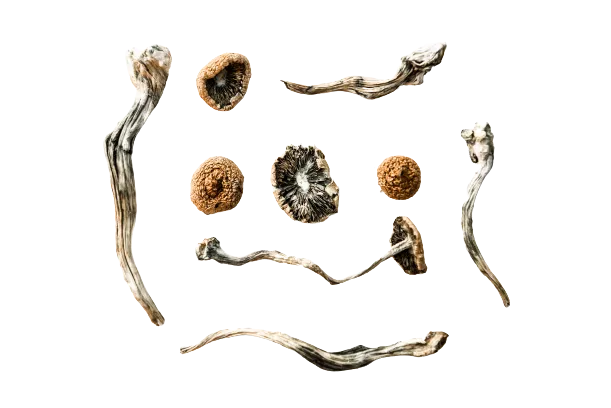
What Are the Side Effects of Magic Mushrooms?
Magic mushrooms can present side effects when the user is not in the right mindset or the dose is too large. We commonly refer to this as a “bad trip.” Remember that these side effects can last a couple of hours.
The most common side effects are [7]:
- Confusion
- Headaches
- High blood pressure
- Loss of appetite
- Nausea
- Paranoia
- Sweating
What Is Kratom?
Kratom is a herbal extract that can be used as powder or tea. It comes from the Mitragyna speciosa tree that grows naturally in Southeast Asia, where natives have traditionally used it as medicine to combat fatigue and pain.

What’s Kratom Used For?
Many people use kratom to improve their lifestyles, deal with medical conditions, or simply for recreational purposes. The effects of the herb largely depend on the strain and the dose, so try different options to achieve the desired results.
Kratom is used for:
What’s the Dose of Kratom?
The dose of kratom is determined by the user’s weight and the effect they plan to achieve. Generally, larger amounts provide analgesic effects, while smaller doses ensure an energy boost.
The usual recommended kratom dosage is:
- 0.025 grams/pound for stimulation
- 0.04 grams/pound for pain relief
It is always best to start with lower doses until you find one that adjusts to your body and goals. Taking too much kratom typically results in undesired side effects.
Also see: How Long Should I Wait Between Kratom Doses?
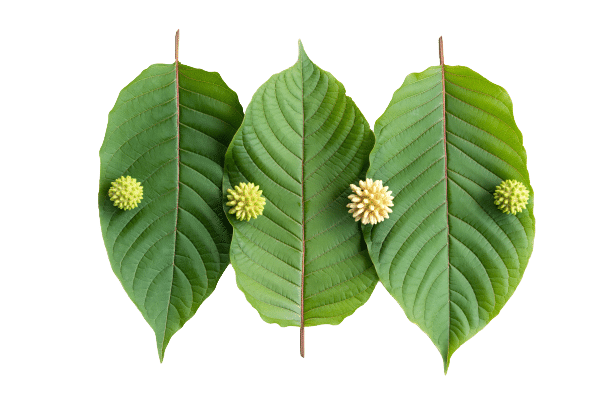
What Are the Side Effects of Kratom?
Although kratom is considered safe, it can present side effects. These are usually caused by misuse and can be avoided by lowering the dose and taking kratom less often.
Side effects of kratom include:
Cases of severe misuse can lead to more serious side effects such as addiction, jaundice, arrhythmia, hypogonadism, and acute kidney or liver damage. This is, however, extremely uncommon and can be avoided with moderate use.
What Are the Different Types of Kratom?
We classify the different varieties of kratom according to their alkaloid composition, represented by the color of the leaf veins. In this section, we’ll go over their various properties.

White Vein Kratom
White vein kratom offers the most substantial energetic and euphoric benefits, and it helps clear the mind and increase productivity. It is an excellent alternative to coffee since it provides stimulation without the risk of caffeine-induced anxiety.

Red Vein Kratom
Red vein kratom is different from white vein strains in providing pain and anxiety relief instead of stimulation. Its potent sedative quality makes it perfect for those battling insomnia and chronic pain.

Green Vein Kratom
Green vein kratom balances the typical stimulation of white-veined kratom and sedation of red-veined kratom without being overwhelming. Since it is the most balanced strain, it is the best choice for beginners seeking a complete kratom experience.

Yellow Vein Kratom
Yellow vein kratom is a balanced yet potent alternative favored by many for its nootropic benefits. It is excellent for improving mood and concentration and relieving pain and anxiety.
Key Takeaways: Interactions Between Kratom & Magic Mushrooms
Kratom and psilocybe cubensis are both safe to take on their own. With responsible use, they can offer great psychological benefits to their users.
Although no studies detail their interaction, evidence suggests that their effects may cancel each other out. Kratom can act as an antipsychotic and reduce the intensity of psilocybin.
There is no point in combining these substances, however, talk to your doctor first.
- Johnson, L. E., Balyan, L., Magdalany, A., Saeed, F., Salinas, R., Wallace, S., Veltri, C. A., Swogger, M. T., Walsh, Z., & Grundmann, O. (2020). The Potential for Kratom as an Antidepressant and Antipsychotic. The Yale journal of biology and medicine, 93(2), 283–289.
- Halberstadt, A. L., Nichols, D. E. (2010). Serotonin and Serotonin Receptors in Hallucinogen Action. Handbook of Behavioral Neuroscience, 21, 621-636.
- Lowe, H., Toyang, N., Steele, B., Valentine, H., Grant, J., Ali, A., … & Gordon, L. (2021). The therapeutic potential of psilocybin. Molecules, 26(10), 2948.
- Dinger, J., Woods, C., Brandt, S. D., Meyer, M. R., & Maurer, H. H. (2016). Cytochrome P450 inhibition potential of new psychoactive substances of the tryptamine class. Toxicology letters, 241, 82–94.
- Thomas, K., Malcolm, B., & Lastra, D. (2017). Psilocybin-assisted therapy: A review of a novel treatment for psychiatric disorders. Journal of Psychoactive Drugs, 49(5), 446-455.
- Ross, S., Bossis, A., Guss, J., Agin-Liebes, G., Malone, T., Cohen, B., … & Schmidt, B. L. (2016). Rapid and sustained symptom reduction following psilocybin treatment for anxiety and depression in patients with life-threatening cancer: a randomized controlled trial. Journal of psychopharmacology, 30(12), 1165-1180.
- Bienemann, B., Ruschel, N. S., Campos, M. L., Negreiros, M. A., & Mograbi, D. C. (2020). Self-reported negative outcomes of psilocybin users: A quantitative textual analysis. PloS one, 15(2), e0229067.

